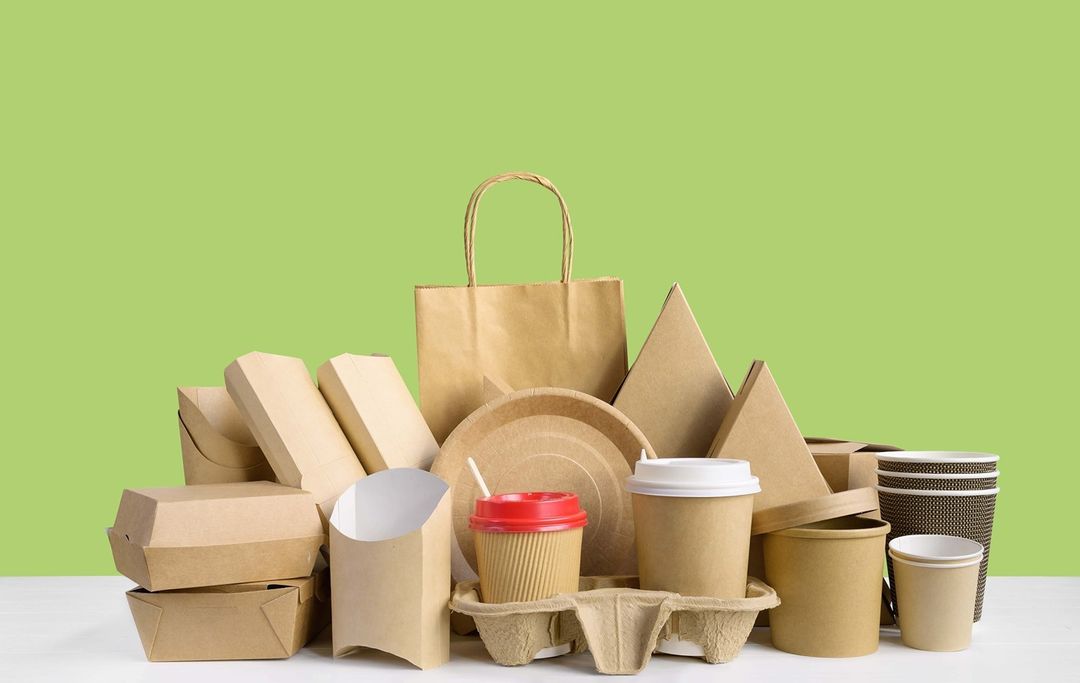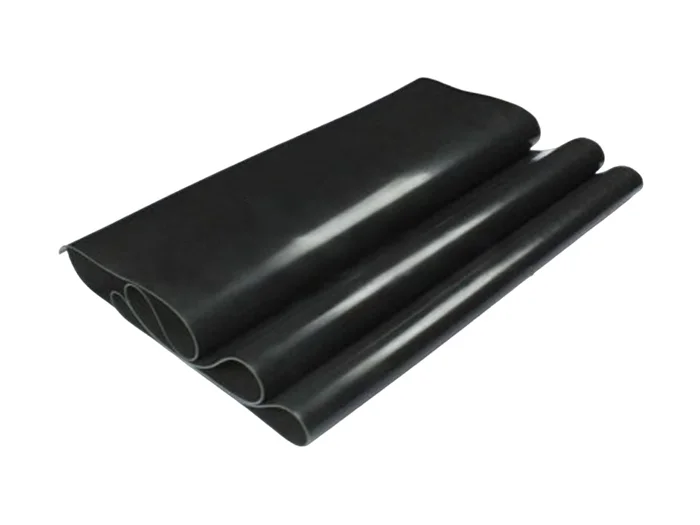In today's world, where environmental concerns are at the forefront, finding the best eco-friendly packaging material is crucial. With the increasing demand for sustainable practices, businesses are actively seeking alternatives to traditional packaging materials that are harmful to the environment. In this blog post, we will delve into the top eco-friendly packaging materials that not only meet the requirements of Google's search engine algorithm but also provide practical and high-quality solutions for a greener future.
- Biodegradable Packaging:
Biodegradable packaging materials are designed to break down naturally over time, reducing their impact on the environment. These materials, such as bioplastics made from renewable resources like cornstarch or sugarcane, offer a viable alternative to traditional plastics. Biodegradable packaging not only minimizes waste but also reduces carbon emissions during production. - Compostable Packaging:
Compostable packaging goes a step further by not only breaking down but also enriching the soil when composted. Made from organic materials like plant fibers, compostable packaging offers a sustainable solution for various products. It is important to note that compostable packaging requires specific conditions to decompose properly, such as the right temperature and moisture levels. - Recycled Packaging:
Recycled packaging materials, such as recycled paper or cardboard, help reduce the demand for virgin materials and minimize waste. By utilizing post-consumer or post-industrial waste, recycled packaging reduces energy consumption and greenhouse gas emissions. Additionally, advancements in technology have allowed for the production of high-quality recycled packaging materials that are just as durable as their non-recycled counterparts. - Reusable Packaging:
Reusable packaging aims to eliminate single-use packaging waste by providing durable and long-lasting alternatives. Materials like glass, metal, or sturdy plastics can be used repeatedly, reducing the need for constant production and disposal. Reusable packaging not only reduces environmental impact but also offers cost savings in the long run. - Innovative Materials:
In recent years, several innovative materials have emerged as potential eco-friendly packaging solutions. For example, mycelium-based packaging utilizes the root structure of mushrooms to create biodegradable and compostable packaging materials. Similarly, seaweed-based packaging offers a renewable and biodegradable alternative to traditional plastics. These innovative materials hold great promise for a sustainable future.
Conclusion:
As businesses and consumers become increasingly aware of the environmental impact of packaging, the demand for eco-friendly alternatives continues to grow. By exploring and adopting the best eco-friendly packaging materials, we can contribute to a greener future. Biodegradable, compostable, recycled, reusable, and innovative materials all play a vital role in reducing waste, conserving resources, and mitigating climate change. Let us embrace these sustainable packaging solutions and pave the way for a more environmentally conscious world.






+ There are no comments
Add yours